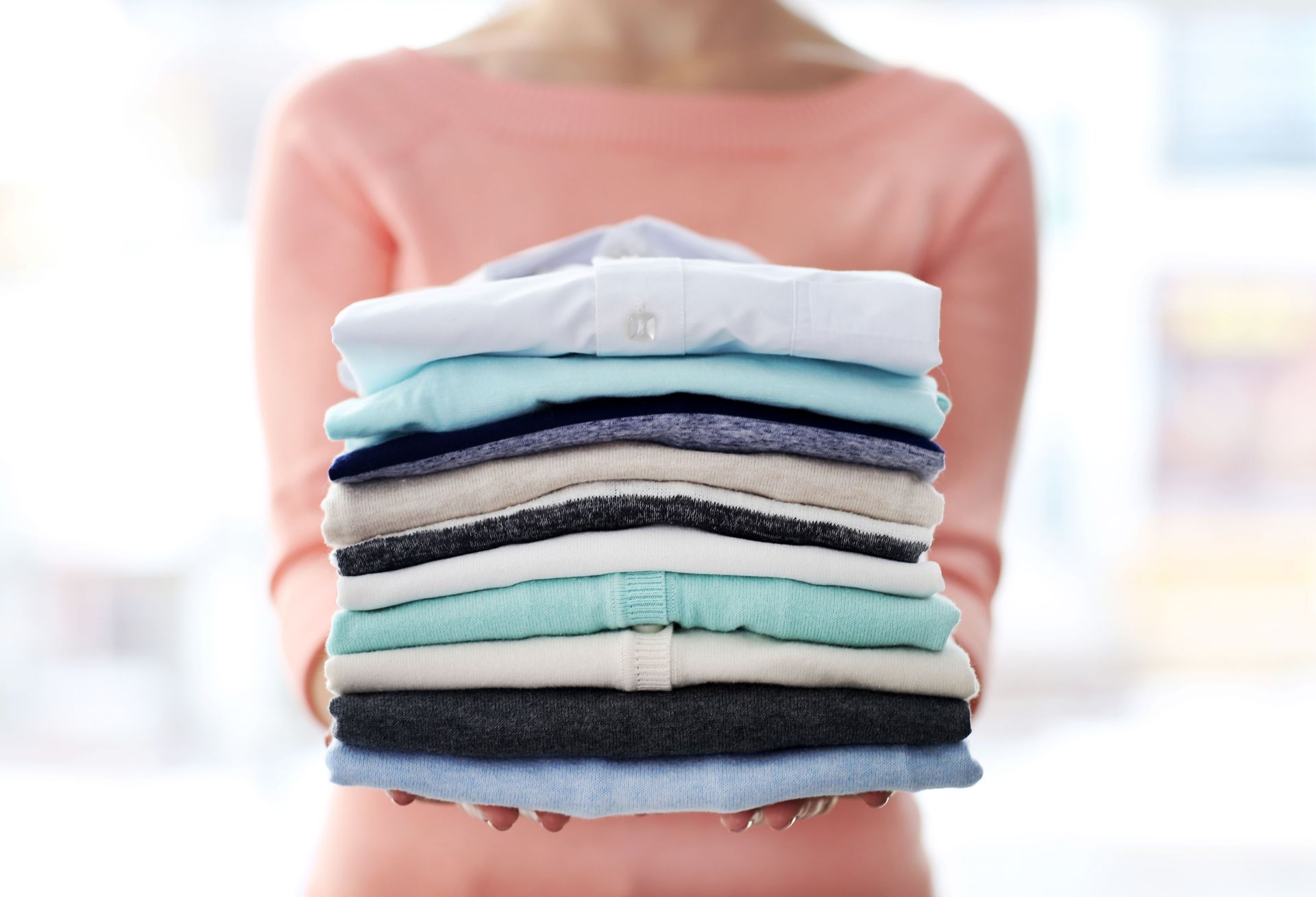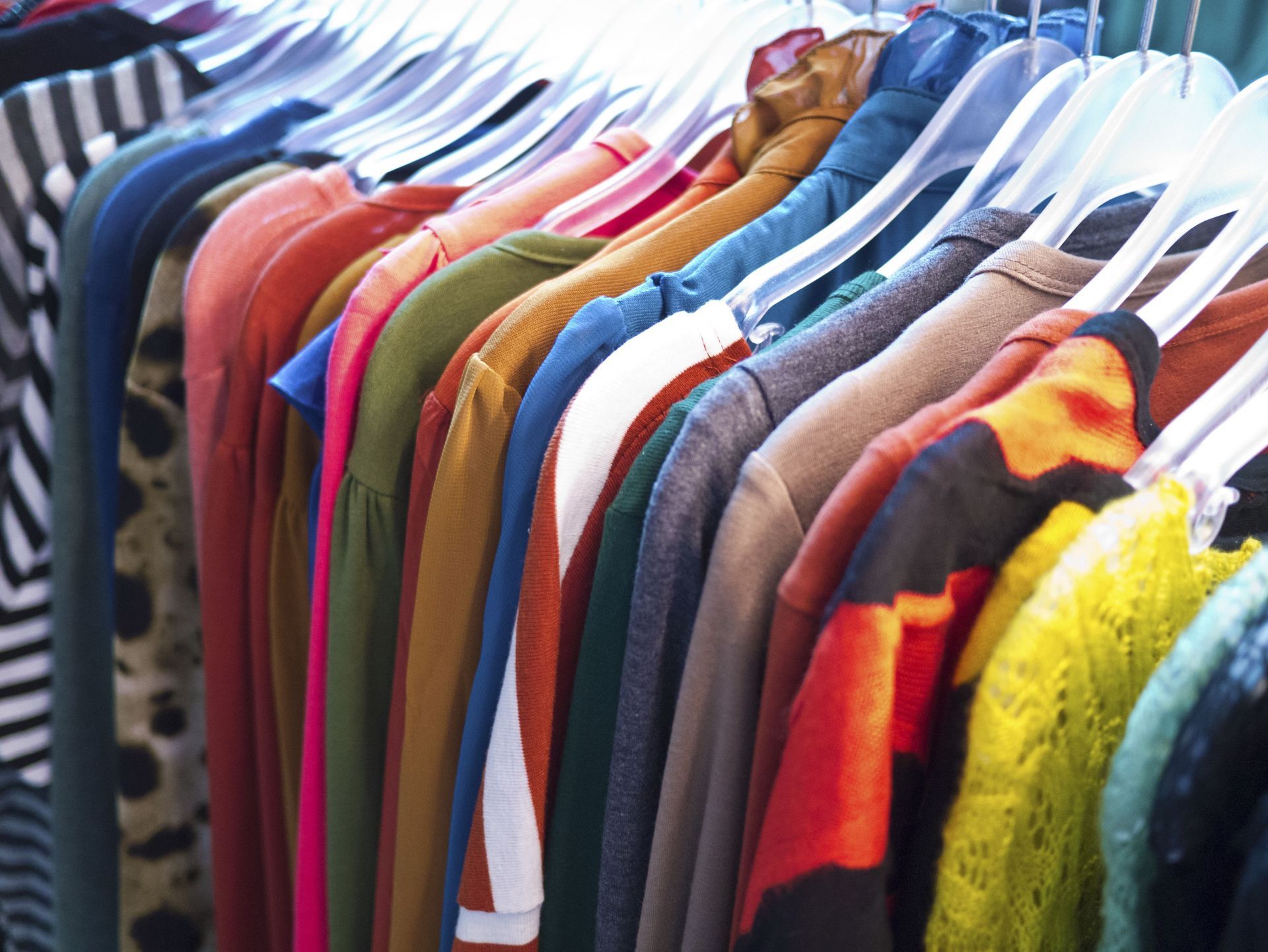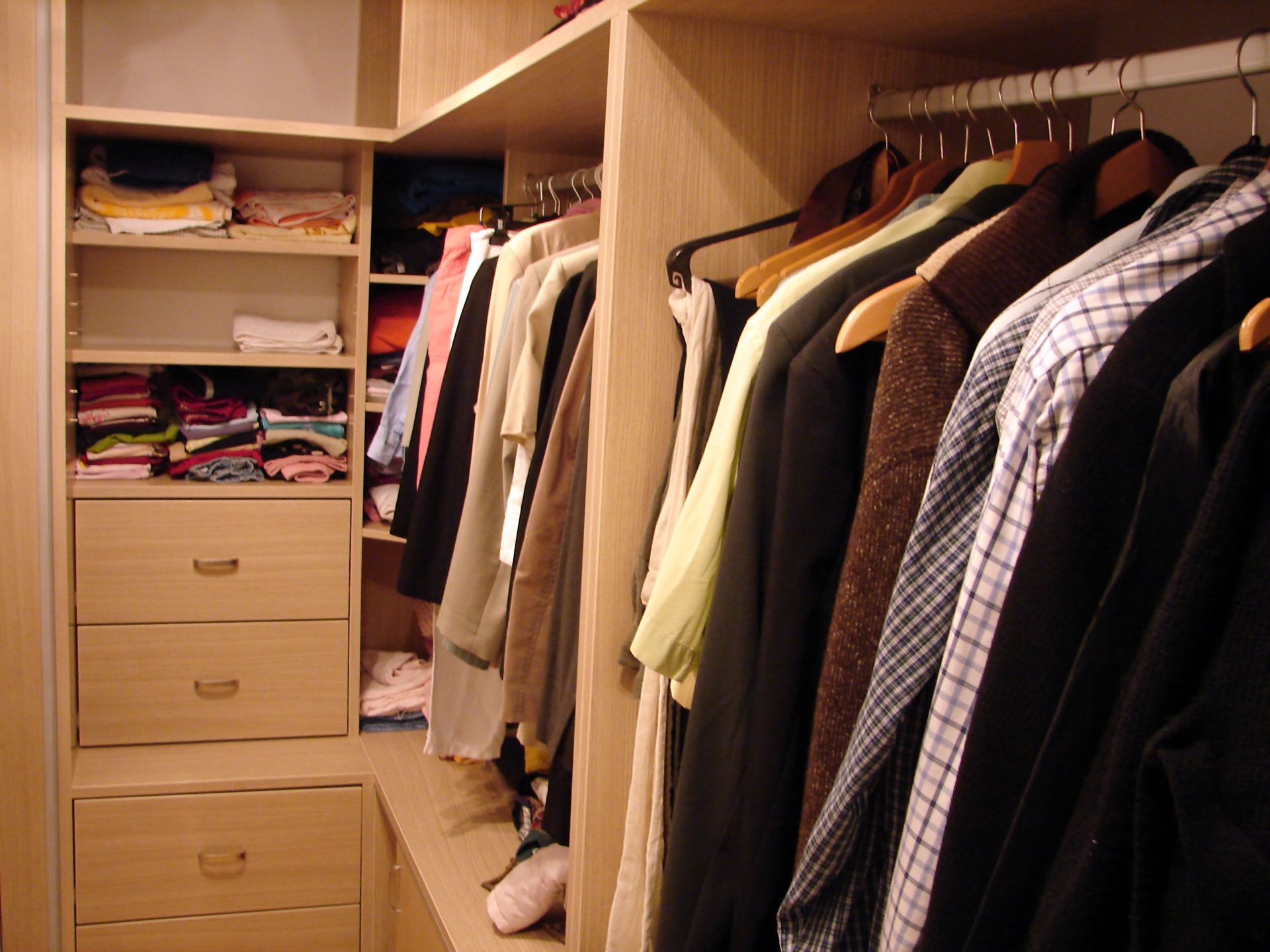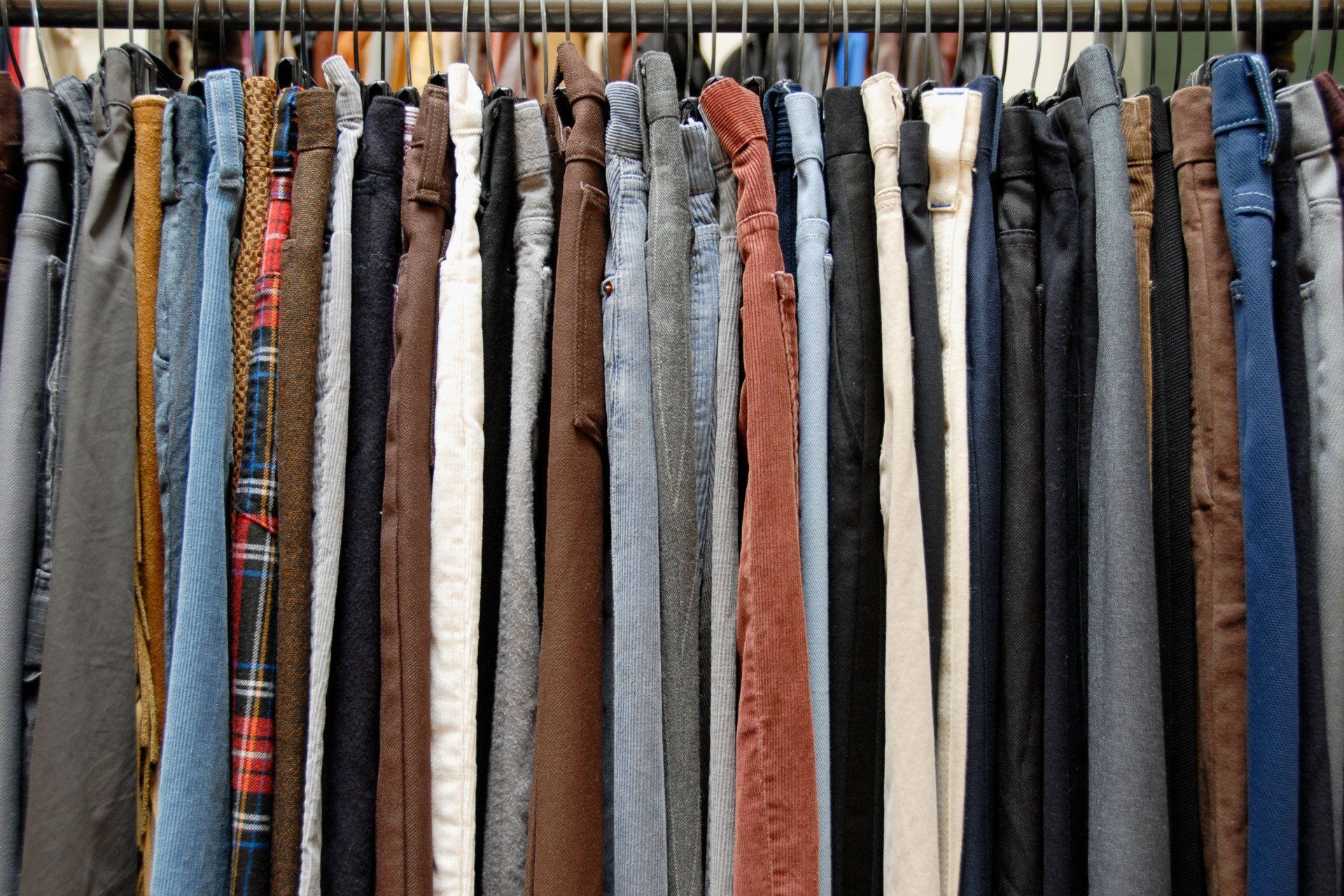How Second-Hand Clothing Is Better for the Environment
In today's society, where consumerism has reached unprecedented levels, the fashion industry plays a significant role in shaping both economic trends and environmental impacts. From the runways of Paris to the fast-fashion stores populating every urban street, the fashion industry's footprint is vast and pervasive. However, there is a burgeoning shift towards second-hand clothing, a movement recognized for its environmental benefits. This blog post delves into why opting for second-hand clothes is a better choice for our planet.
Reducing Waste
Firstly, second-hand clothing reduces waste. The fast fashion industry churns out countless new designs each season, leading to a massive accumulation of discarded clothing. In the United States alone, over 11 million tons of textile waste end up in landfills annually, according to Earth.Org. By purchasing second-hand items, consumers are taking a stand against this cycle of waste and giving a new lease of life to garments that might otherwise be discarded. This simple switch can significantly alleviate the burden on our overflowing landfills. Moreover, each piece of second-hand clothing bought is one less item contributing to the waste crisis.
Conserving Resources
Secondly, it conserves resources. Producing new clothes requires a plethora of resources, including water, raw materials like cotton, and energy for manufacturing processes. For instance, it takes about 2,700 liters of water to produce a single cotton t-shirt, according to the World Wildlife Fund. By choosing second-hand clothing, you bypass the need for these extensive resources, reducing demand for new productions. In essence, this practice conserves the planet’s precious and often dwindling natural reserves. The environmental impact of opting for second-hand clothing is a crucial step towards a more sustainable future.
Reducing Carbon Emissions
Another critical benefit of second-hand clothing is the reduction of carbon emissions. As also reported by Earth.Org, fast fashion is responsible for nearly 10% of global carbon emissions. This is an astonishing figure, considering the industry’s relatively young age. The energy used in the production, transportation, and disposal of new clothes significantly contributes to greenhouse gas emissions. In contrast, second-hand shopping recycles existing products, thereby reducing the overall carbon footprint associated with the fashion industry. Each time a consumer chooses to buy second-hand clothing, they are directly contributing to a decrease in harmful emissions.
Promoting Ethical Consumerism
Moreover, second-hand clothing advocates for ethical consumerism. The fast fashion industry is notorious for its labor practices, often exploiting workers in developing countries under poor working conditions and unfair wage practices. Opting for second-hand purchases helps to break the cycle of exploitation by reducing the demand for fast fashion products. As consumers become more aware of these ethical considerations, they can collectively push for better labor practices through their purchasing choices. Choosing second-hand clothing is not just a personal decision; it sends a message about valuing ethical practices over profit.
Encouraging Local Economies
Another important aspect of second-hand clothing is its positive impact on local economies. By shopping at thrift stores or local second-hand shops, consumers are not only making sustainable choices but also supporting small businesses and community initiatives. These establishments often rely on the sale of second-hand items to fund charitable projects or provide jobs within the community. Additionally, when consumers choose second-hand clothing, they help create a market for local artisans and entrepreneurs who repurpose or upcycle materials, further contributing to economic resilience. This local engagement fosters a sense of community and helps build a more sustainable economy that values both people and the planet.
Supporting a Sustainable Culture
Finally, second-hand clothing promotes a sustainable culture. Apart from its practical benefits, second-hand shopping supports a circular economy where resources are reused and recycled. It encourages creativity and individuality, offering unique pieces that are often no longer available in the fast fashion market. This aspect of second-hand fashion can be particularly appealing to those looking to express their personal style in a more environmentally-conscious manner. In this way, second-hand clothing is more than just an alternative; it’s a lifestyle choice that celebrates sustainability and uniqueness.
While fast fashion may offer the allure of low prices and the latest trends, its environmental cost is far too significant to ignore. By making informed, conscientious decisions about where our clothes come from, we can collectively contribute to a healthier planet. Embracing
second-hand clothing is a step towards a more sustainable and ethical future. Contact Daisy Exchange today to learn more.











Share On: